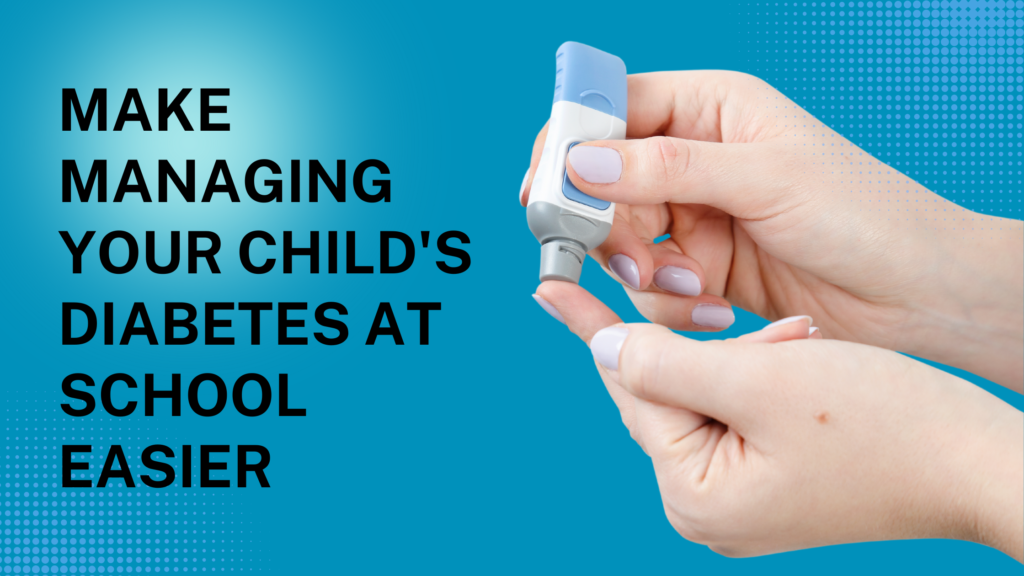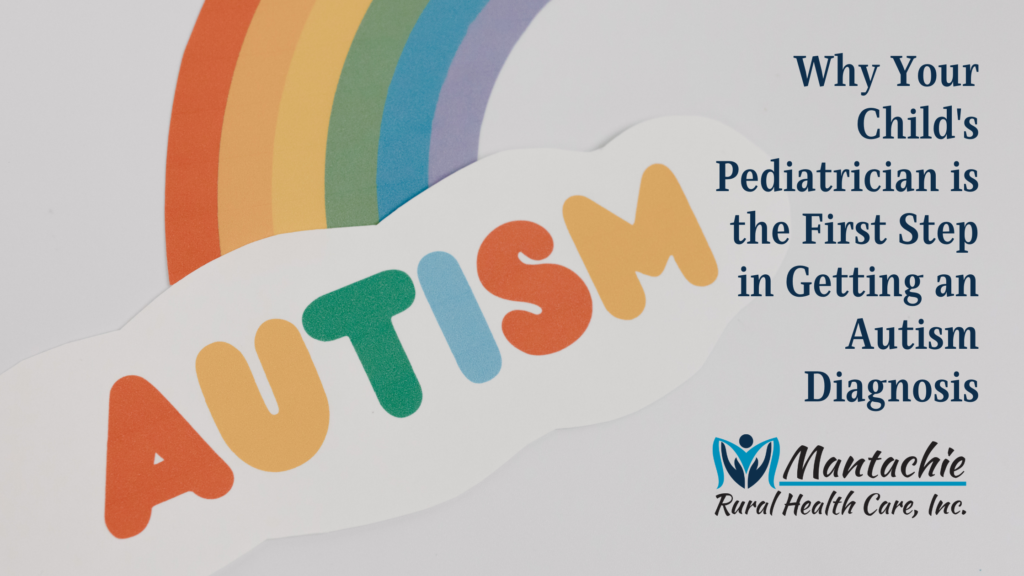
Unmanaged diabetes at school may impair a child’s ability to learn by disrupting their attention, memory, processing speed, and perceptual abilities. A kid with diabetes needs help at school to succeed academically and live a healthy lifestyle. Mom & Dad need to be a team with their child’s teachers to ensure a successful school year.
Teaching a Child with Diabetes
Many diabetic children will miss more school than their peers. These absences require understanding on the part of their teachers and schools. Parents can help by making the school aware of their kid’s diabetes as promptly as possible. Make an appointment to talk to the school about its procedures for working with diabetic students.
In addition to instructing their classroom, teachers of students with diabetes are entrusted with paying attention to their student’s health and supplying make-up assignments for absences due to medical reasons. It’s a lot to ask of your child’s teacher, but by working together with a solid plan you can all ensure a successful school year.
Challenges Children With Diabetes Face at School
Knowing your child’s expected challenges and creating a plan to address those will make for an easier year for you, your child, and the school. Here are a few things to watch out for.
Simple school tasks may become complicated. Blood sugar spikes or drops might affect a child’s learning, memory, attention, and behavior. Stress, social activities, and hormones can complicate diabetes management. Parents should discuss their child’s diabetes care with their child and teachers before school events like field trips that might alter blood sugar levels. Also, work with your child to find effective ways to manage stress. Focus on goals like not waiting until the last minute to complete homework assignments or getting enough sleep.
Create a solid plan with your child’s school. Determine who should check your child’s glucose and inject insulin early in the school year. Discuss options for treating low-blood sugar with your child’s doctor, their teacher, and the school nurse. For instance, can your child treat it in class, or should they visit the nurse? Children may do several non-emergency diabetes self-care chores. Situations like age, developmental level, experience, and self-care adherence determine how much your child needs school staff to identify and manage high or low blood sugar. The diabetic health care team, including the certified diabetes educator, can enable self-care for children and families with both Type 1 and Type 2 diabetes. Important teaching themes include diabetes, variables that increase and reduce blood sugar, and techniques to address alterations.
Request exceptions to rules when needed. Many schools have rules around eating in the classroom and going to the bathroom for good reason. Multiple trips out of the classroom or constant snacking create distractions and interrupt everyone’s learning. Also, food can create a mess and invite pests, two things most teachers don’t have extra time to manage. Your child with diabetes, however, may need additional trips to the restroom. When their sugar is low, they may also need a snack outside the normal times. Discuss these additional needs with your child’s teacher. Make a plan to ensure your child’s health needs are met without as little disruption as possible.
Few schools have enough resources. No matter how caring your school staff is, they often have finite resources and may not have had a diabetic student in their classroom before. Staff members may have concerns and questions about providing safe and effective diabetes treatment, just like you do. Be patient with them and provide them all the tools and resources possible to help your child stay safe and healthy while in their classroom.
Learning to avoid temptation. While you are with your child, you can enforce limits on sugar and carbs, but while they are at school you’ll have less control. Schools are legally required to provide meal options that fit your child’s medical needs. Review the school lunch menu each day to discuss what options are best for your child to choose or send their lunch. Talk to your child’s doctor or a nutritionist about substitutes for sweets or when your child might be able to enjoy a sweet treat on a limited basis.
Adherence to Treatment. Adolescents present unique challenges for treatment adherence. When teens perceive their insulin pumps as a fashion blunder, it’s challenging to encourage them to comply with their recommended treatment regimen. Make sure your child’s school and teachers know he/she is wearing a insulin pump so it isn’t confused with other electronic devices. Also work with your doctor or nutritionist to help your child understand the importance of their insulin pump. Look for clothes that make disguising the pump easier.
Sickness and Cold Weather. The common cold is a part of growing up. However, a type 1 diabetic’s blood sugar levels may be severely disrupted by even mild illnesses.
General diabetes challenges for parents
Learning to live with your kid’s illness. A diabetes diagnosis for a young child is overwhelming for both children and parents. It sometimes comes as a tremendous shock, and parents often feel inadequate in managing their emotions and giving their children essential assistance. So, take a deep breath. And remember to take it one day at a time. Your mindset and emotions set the tone for your kids. Talk to parents of other children who have diabetes. Learn about the illness. You know your child. Use that insight to your advantage.
Providing support for the kid while they deal with their feelings. Diabetes is a lifelong disease that requires constant attention. Growing up with diabetes presents unique emotional problems for children because of the complexity of the disease, its possible consequences, and the daily grind of managing the disease. Reach out to counselors or therapists to provide additional mental health support for you and your child. Encourage your child to talk about their feelings on the good days and the bad days.
School presents its own challenges for your child with diabetes as if the disease itself wasn’t hard enough. Together with your child’s teacher, doctor, and school nurse you can create a plan that keeps your child healthy and learning which are both key to a successful school year.









